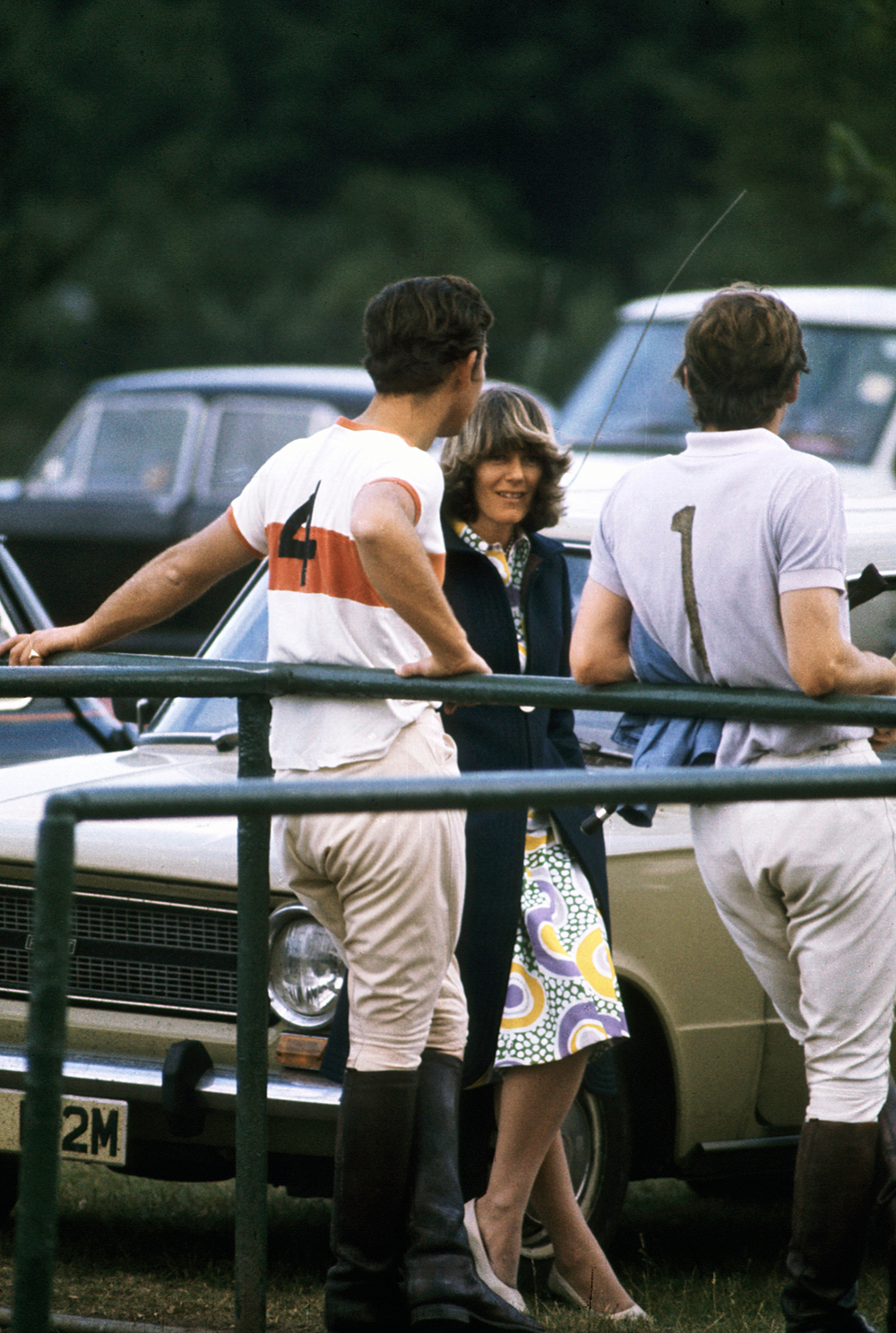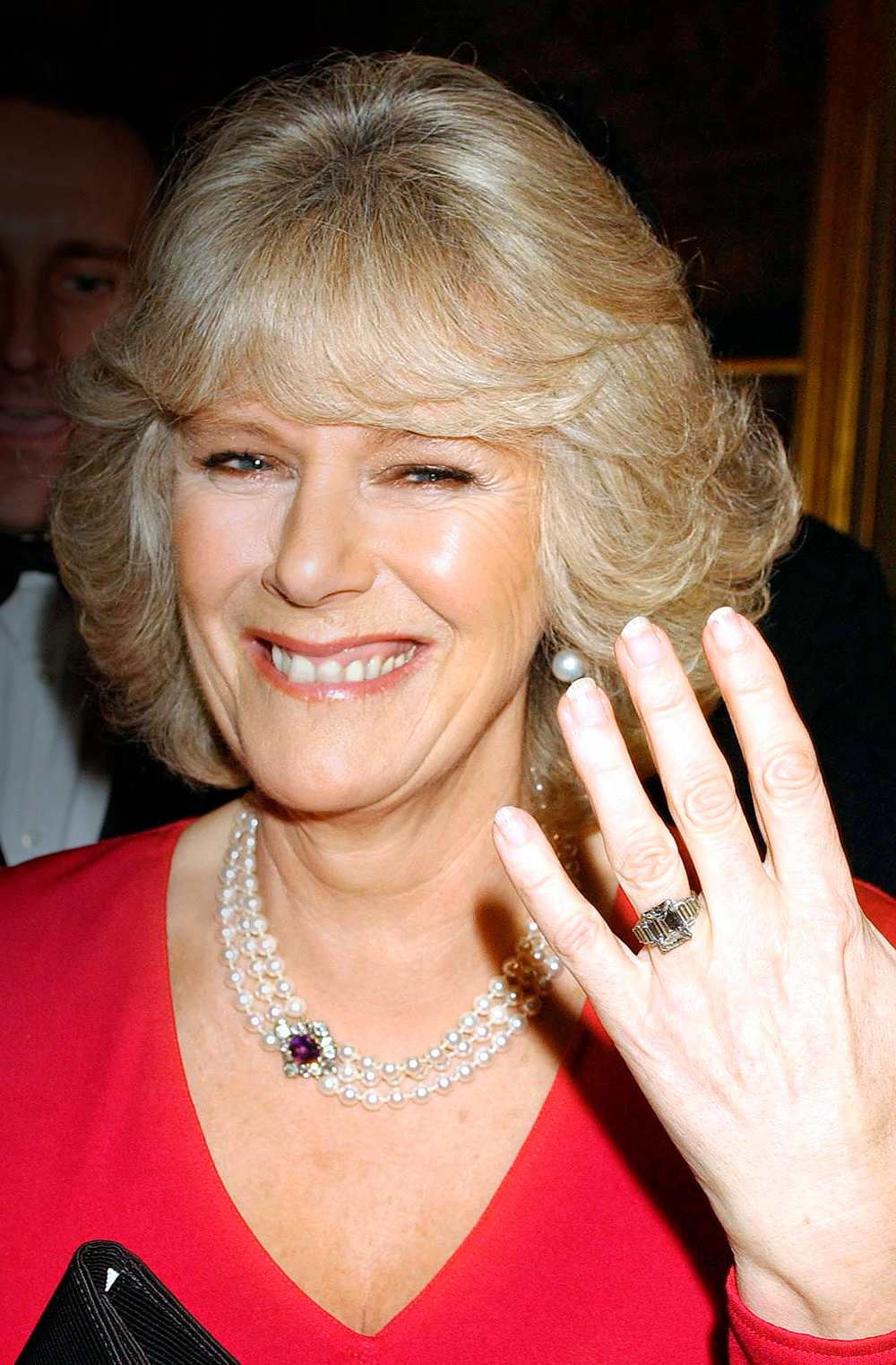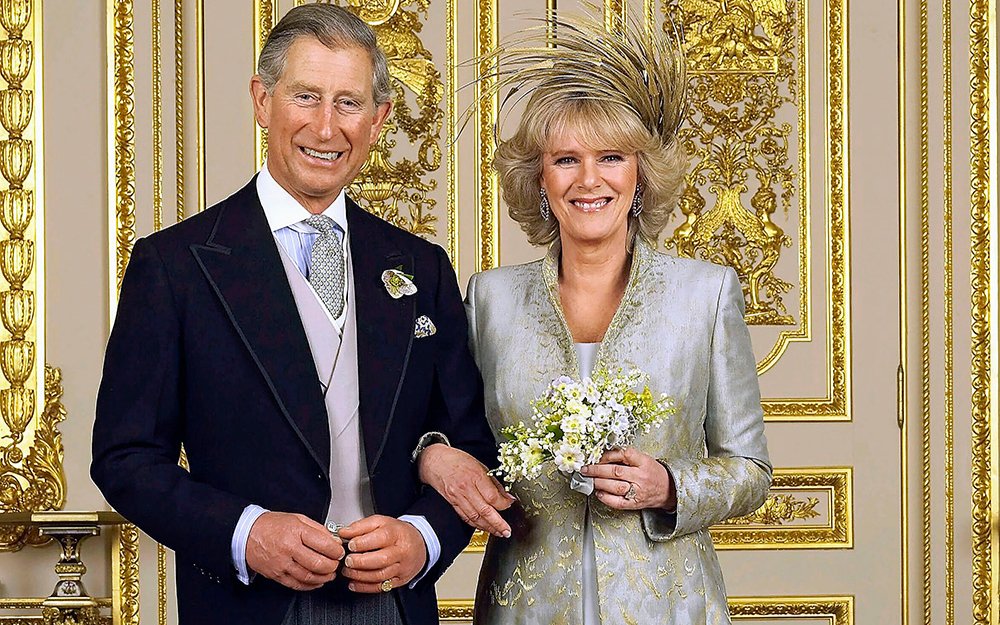Their relationship sounds like the plot of a romantic novel. Prince meets girl; instant attraction ensues. But girl knows she’s not good enough for his family and while he’s off serving in the military, she marries someone else. Prince also marries someone else, but the marriage is doomed because he still carries a torch for his first love. Eventually, both marriages end, but they still can’t officially be together because the world (and his family) despise the woman he loves. They are in their fifties by the time they finally become husband and wife. Now, in their seventies, she’s Queen to his King. And it looks like they will get to live happily ever after.
In many ways, it’s a modern-day fairytale. And while there are still those who find it hard to accept Camilla as Queen because of the hurt her affair with the King caused his first wife, Princess Diana, there’s no denying that the couple appear to be soulmates who make each other very happy.
Many royal writers who’ve been observing Charles for decades believe he’ll be a better king because he has Camilla by his side.
“I think Camilla has transformed Charles,” says biographer Penny Junor. “He is happier with her than he has ever been. She gives him confidence, and the support he has so desperately needed throughout his life and never truly found elsewhere.”
Their love story began back in 1970, when they were introduced by mutual friend Lucia Santa Cruz. Charles, then 22, was drawn to Camilla Shand, 24, because she was down-to-earth and natural, and had a great sense of humour. They shared several interests, including a love of horses, the countryside, polo matches and long walks. Most importantly, Camilla was not overawed by the Sovereign’s son. There was no fawning or sycophancy, says Penny, just an easy camaraderie with a companion who always listened to what he had to say.

Catching Charles’ eye at the polo in 1972.
Their friendship became romantic and they had 18 happy months together. Then in 1973, naval officer Charles went to sea for eight months. Years later, he admitted to a friend that he knew before he left that he wanted to marry Camilla, but thought he would wait until he returned before committing to her.
Unfortunately, he didn’t share those feelings with Camilla, and even if he had, it was highly likely that his family would have vetoed a union between the two of them. Camilla just wasn’t a suitable candidate for a royal bride.
While she did have aristocratic relatives – her mother’s father was a baron – and she mixed in high society, the daughter of an army officer turned businessman was, what was delicately termed at the time, a young lady with a “past”. She’d had an on-off relationship since she was a teenager with cavalry officer Andrew Parker Bowles and after Charles went to sea, knowing she’d never get approval to marry the future king, she set her sights on the dashing soldier. They married in July 1973 and Charles wrote to his great-uncle Lord Mountbatten that he was disappointed that such a “blissful, peaceful and mutually happy relationship” had come to an end.

Down-to-earth Camilla shares many of the King’s passions, like walking on their estates.
The pair stayed friends and when Lord Mountbatten was killed by an IRA bomb in 1979, a devastated Charles turned to his friend Camilla for comfort. By then 31, the pressure was on him to marry and eventually he settled on Lady Diana Spencer, 12 years his junior. Accounts vary over when Camilla and Charles began their affair, with some biographers saying they were together throughout Charles’ marriage to Diana, and others alleging they didn’t become lovers until 1986, when Charles and Diana’s relationship had irretrievably broken down.
The public was unaware of the other woman in Charles’ life until 1991 when a story about their friendship appeared in an American newspaper. The following year, everyone knew her name after the publication of Andrew Morton’s book Diana: Her True Story, written in collaboration with Diana. In it, the princess described mother-of-two Camilla as “the Rottweiler”.
Later that year, Charles and Diana’s separation was announced, and they divorced in 1996 – a year after Camilla ended her marriage to Andrew. But although they were both single, that did not mean they were able to be together.

Their official engagement photo was taken on the porch of their Birkhall home in Scotland.
Following the release of the “Camillagate” recording of a private phone conversation in which Charles said he wished he could be Camilla’s tampon, and Diana’s TV interview in which she said, “There were three of us in this marriage”, Camilla was vilified. Things became even worse after Diana’s tragic death in 1997.
Camilla was dubbed “the most hated woman in Britain” and couldn’t even go to the supermarket without people hurling insults at her. She coped by retreating to her home and staying out of sight.
“It was terrible, she couldn’t go anywhere without being abused,” says royal biographer Angela Levin. “But she didn’t once complain or try to give her side of the story. She just waited for the situation to change.”
Charles’ family weren’t exactly welcoming either. The Queen initially snubbed her, and when she hosted a party in June 2000 to celebrate milestone birthdays of the Queen Mother, Princess Margaret, Prince Andrew and Prince William, Camilla was not invited – although her ex-husband was, and so were Andrew’s pals Jeffrey Epstein and Ghislaine Maxwell.

Camilla eventually won the Queen around.
But over the years, she came to realise how happy Camilla made her son and gave them permission to marry in 2005. The Queen and Prince Philip did not attend the civil wedding ceremony, but hosted a lavish reception at Windsor Castle. In her unusually sentimental speech, the Queen compared the pair’s relationship to the obstacle-laden Grand National steeplechase horse race, saying, “My son is home and dry with the woman he loves.”
Her Majesty approved of how Camilla adapted to her new role as Duchess of Cornwall and the genuine, down-to-earth way she interacted with people from all backgrounds.
“People were surprised how warm, friendly and funny she was,” recounts Penny. “She makes people feel instantly at ease and people found that endearing.”

Friends first: Camilla’s not out to outshine Charles – she’s there to
support him.
To mark the 70th anniversary of her accession to the throne, the late Queen announced in February 2022 that it was her “sincere wish” that Camilla be named Queen Consort when the time came for Charles to become monarch. The pair were said to be “touched and honoured”.
In his first speech as King after the death of his mother in September 2022, Charles paid tribute to Queen Camilla, saying, “I count on the loving help of my darling wife Camilla. In recognition of her own loyal public service since our marriage 17 years ago, she becomes my Queen Consort.”
Witnessing the former Mrs Parker Bowles being crowned alongside the King at Westminster Abbey is something many people believed they’d never see because of the strength of feeling against Camilla, and the fact that she’s a divorcée.
But since their wedding, Charles has only ever pictured his future as king with his longtime love by his side.

Engaged! Camilla’s patience pays off.
“I know she will bring to the demands of her new role the steadfast devotion to duty on which I have come to rely so much,” he says.


